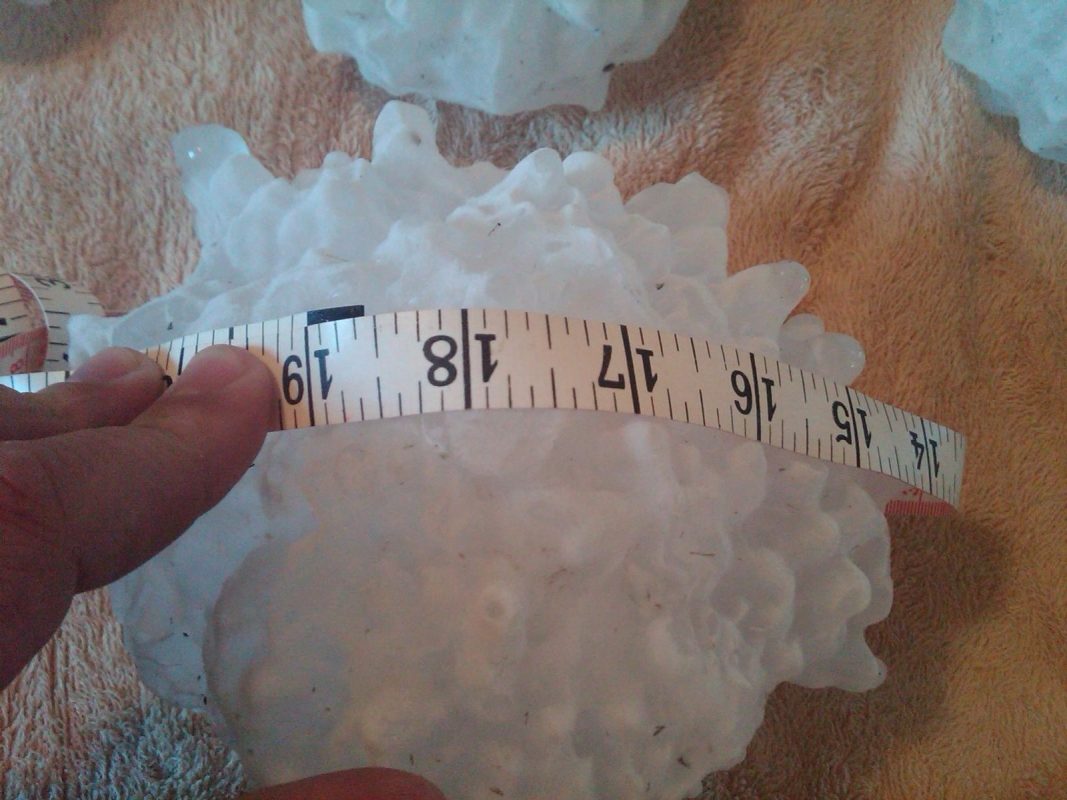
Hail is one of the biggest hazards with severe thunderstorms - while it is usually small, and relatively harmless, it may grow to tennis ball sized or even larger. It may cause severe damage, injuries and in extreme cases even death.
It forms as super cooled water droplets within a thunderstorm updraft begin freezing onto a condensation nucleus. The super cooled droplets are colder than 0 °C, but still in liquid state. As they come into contact with the growing hailstone they freeze onto it, making it grow. The growing hailstone is kept in the air by the storm's updraft until it grows too big and heavy for the upward wind to keep it aloft. The hailstone may make a single journey within the updraft, or it may make several journeys, each forming a new layer, producing a concentric onion-like structure.


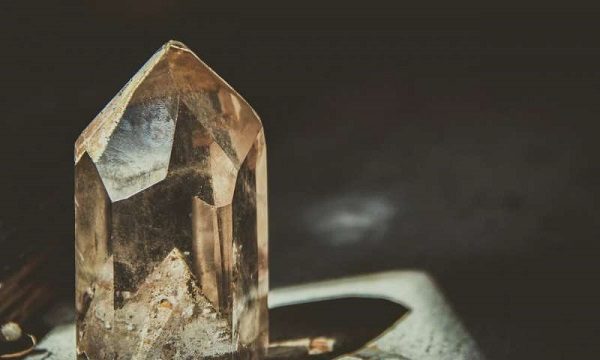

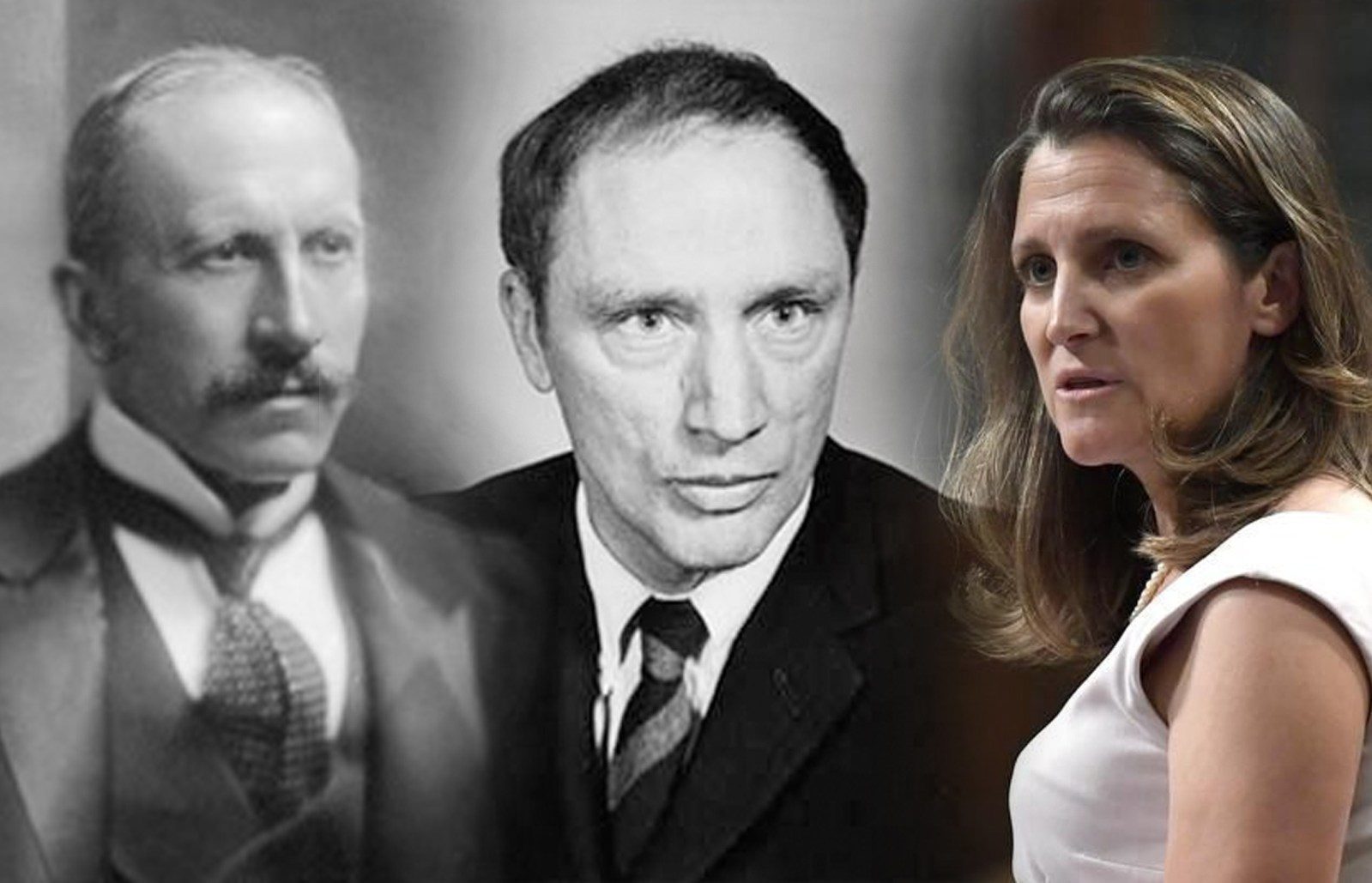
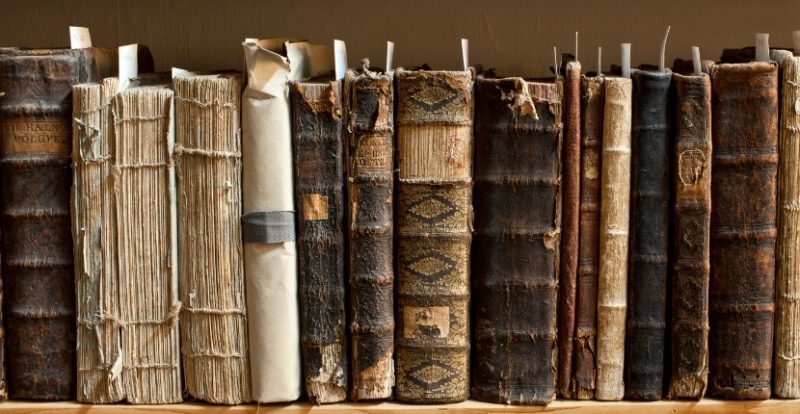
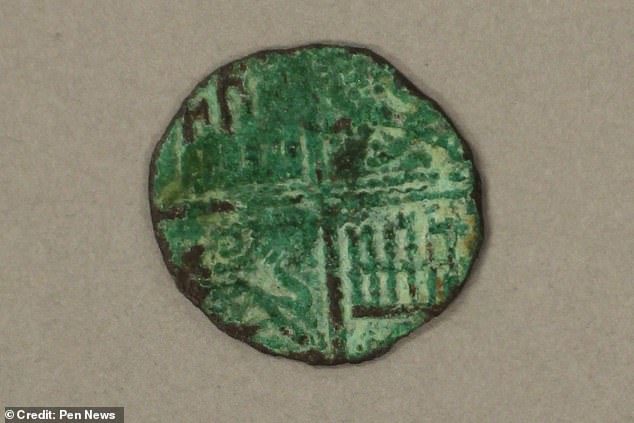

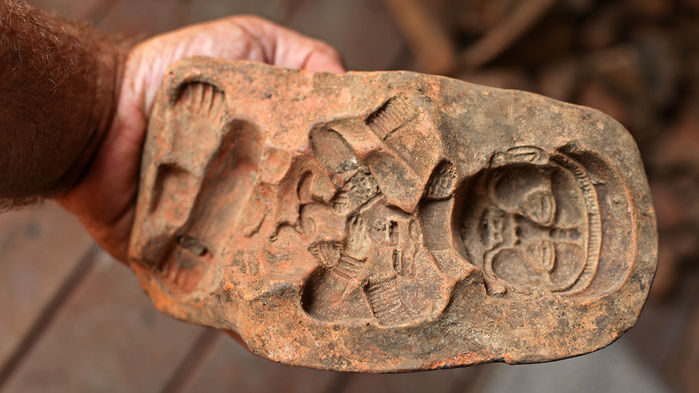



Comment: More examples here: Baseball-sized hail: How severe hailstorms have caused devastation and killed people